December 2021
Blackburn Firebrand TF Mk.5
Blackburn B.46 Firebrand TF Mk.5
827 Naval Air Sqn, RN Air Station Ford, 1951.
1/72 Valom,
Building the Valom Firebrand Mk.5:
Valom are a well regarded short run manufacturer from the Czech Republic. I already have their Firebrand Mk.2 kit and although I haven’t built it yet, it certainly looks good in the box.
However, the Mk.5 kit is not related to the earlier variant in any way, with many more parts and an entirely different sprue layout. First impressions are that this is not quite so nice. On my kit, surface detail was a little soft, but despite the lack of any locating pins, the parts fit was generally good, with only a little fettling of the wing joints needed.
The cockpit is provided as a nice looking resin single piece, to which you add side panels and a mix of resin and white metal parts. I decided to leave the main part on its pouring stub to ease handling while painting and this was a mistake, as the main floor cracked when I cut it off.
The resin side panels are nicely formed, but bear little resemblance to the parts show in the instructions, either in size or orientation. Eventually, after several trial fits, I got them to fit very snugly in place, but I suspect not the right place, as I then had lots of trouble fitting the cockpit and seat in place. The finished cockpit looks very good, but almost none of it can be seen through the small cockpit aperture.
The undercarriage assembled well, albeit that it looks a little fragile. I broke
the extending struts as I removed them from the resin block, so have replaced with
some (stronger) plastic rod. The torpedo comes with a myriad of individual brass
etch propeller blades, guaranteed to drive all but the most precise and gentle modeller
mad -
Two decal options are provided, for an entirely grey operational 827 Sqn aircraft
at RNAS Ford in 1951, or a sea-
The main frustration with this kit was the instructions, whose drawings contain several strange errors, omissions, some vagueness and they also repeat themselves at one point. It builds into a nice replica, but I couldn’t help feeling that it did not entirely live up to my expectations and rather than proved the very fine detailed (and for many of us, unusable) brass, it might have been better, for example, to replicate the very distinctive and very large flaps that were such a distinctive feature of this aircraft. However, it looks good and I think the TF.Mk.II needs to be built next!
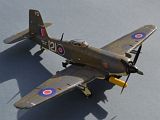
The assembled resin and brass cockpit and resin side panels before being fitted into
the closed fuselage, never to be seen again ! The brass seat bets are very well
done -
The box for the tail wheel looked very crude on the sprue, but fitted remarkable well.
Despite the lack of location pins, the two fuselage halves fitted together nicely, as did the wings.
The Blackburn Firebrand was conceived in the early 1940s as a short range fighter to replace the Skua and Fulmar in RN carrier service. Powered by the massive Napier Sabre 24 Cylinder engine, it was also envisaged that it could operate from shore in defence of naval bases (another area of naval aviation that the RAF had badly neglected during its tenure of the Fleet Air Arm).
In its original form, it was a two-
Firebrands saw relatively limited service, but remained operational for over 8 years,
until replaced by the Westland Wyvern in the early 1950s. The aircraft was large
and ungainly on the flight deck, with its long nose and rear-
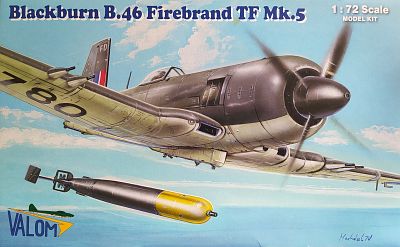
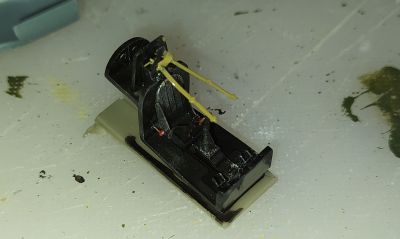
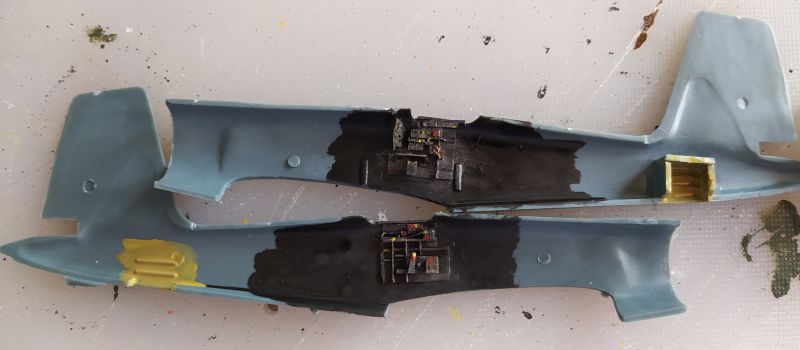
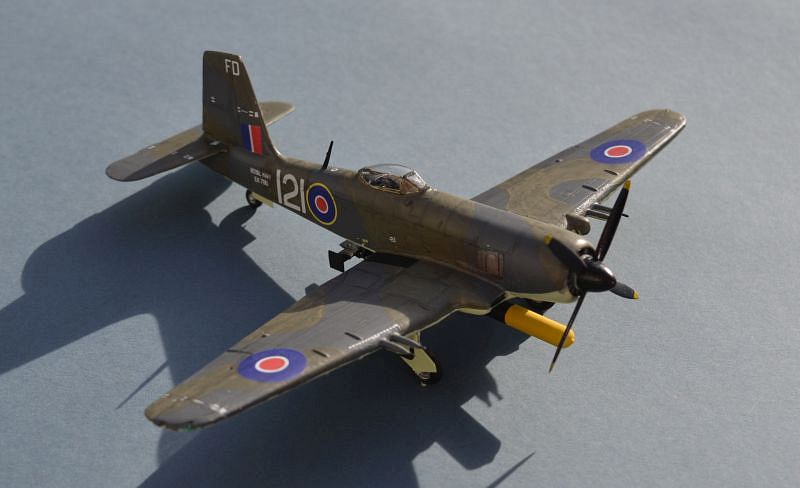
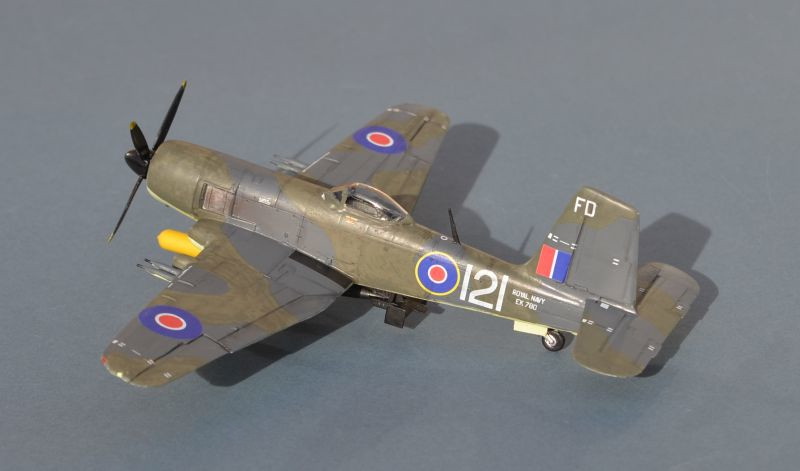
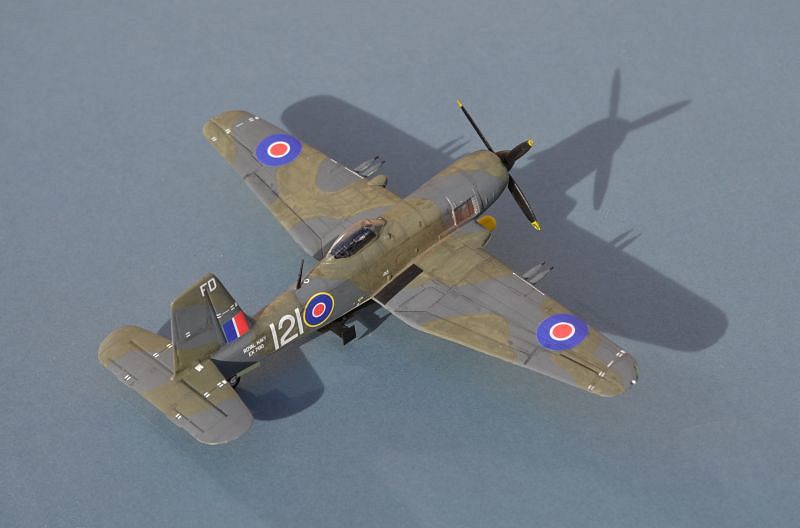
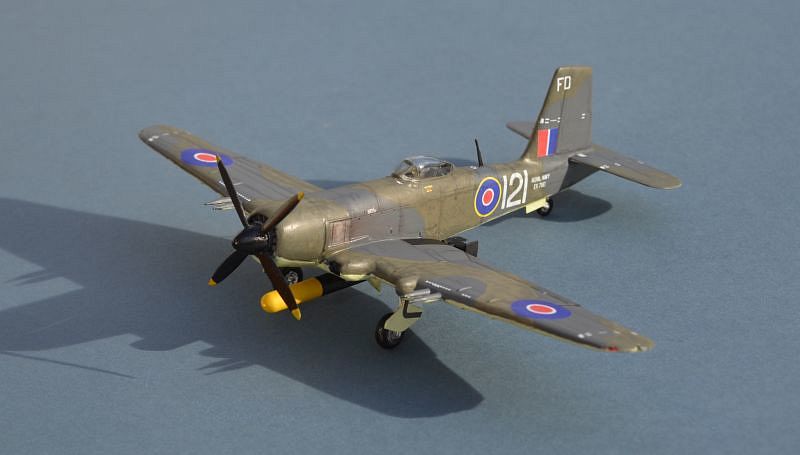
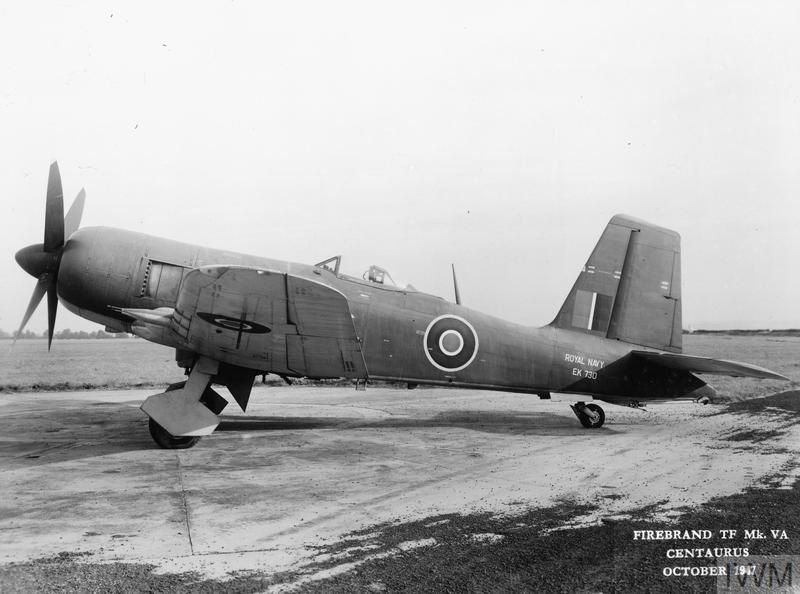
© IWM (ATP 16298C) -
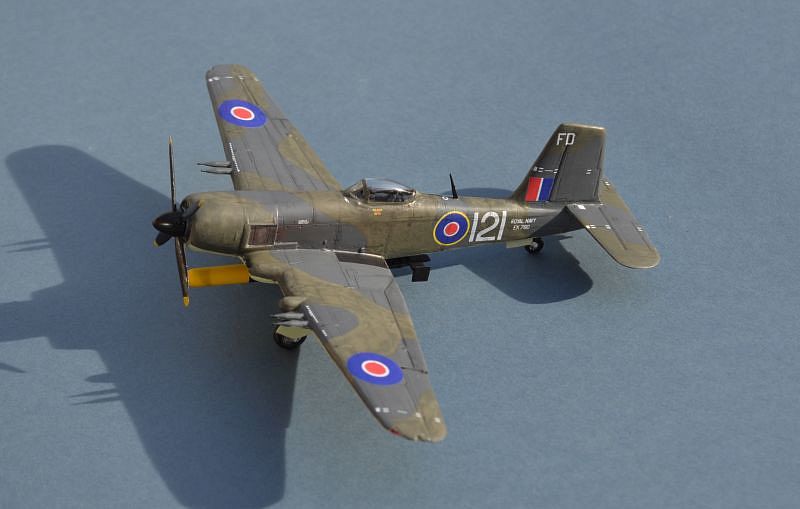
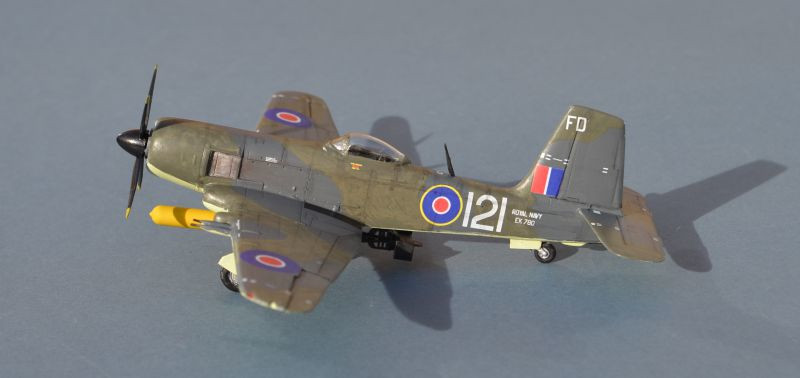
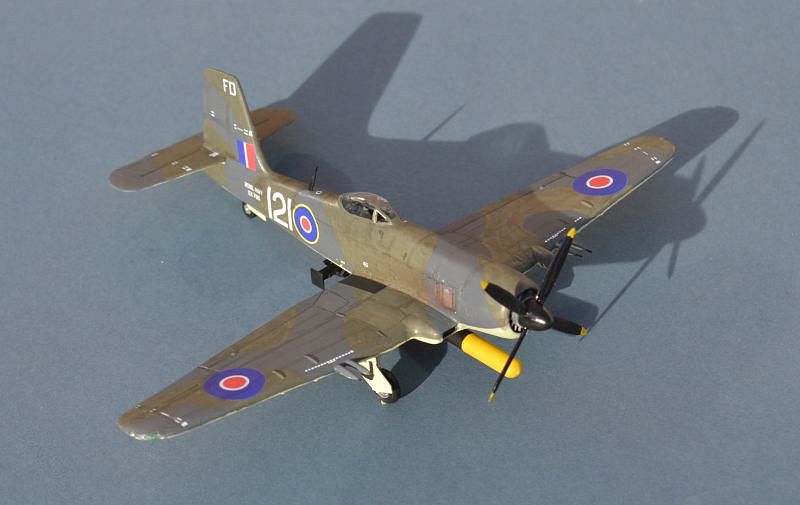
Images and text © www.gengriz.co.uk unless otherwise noted